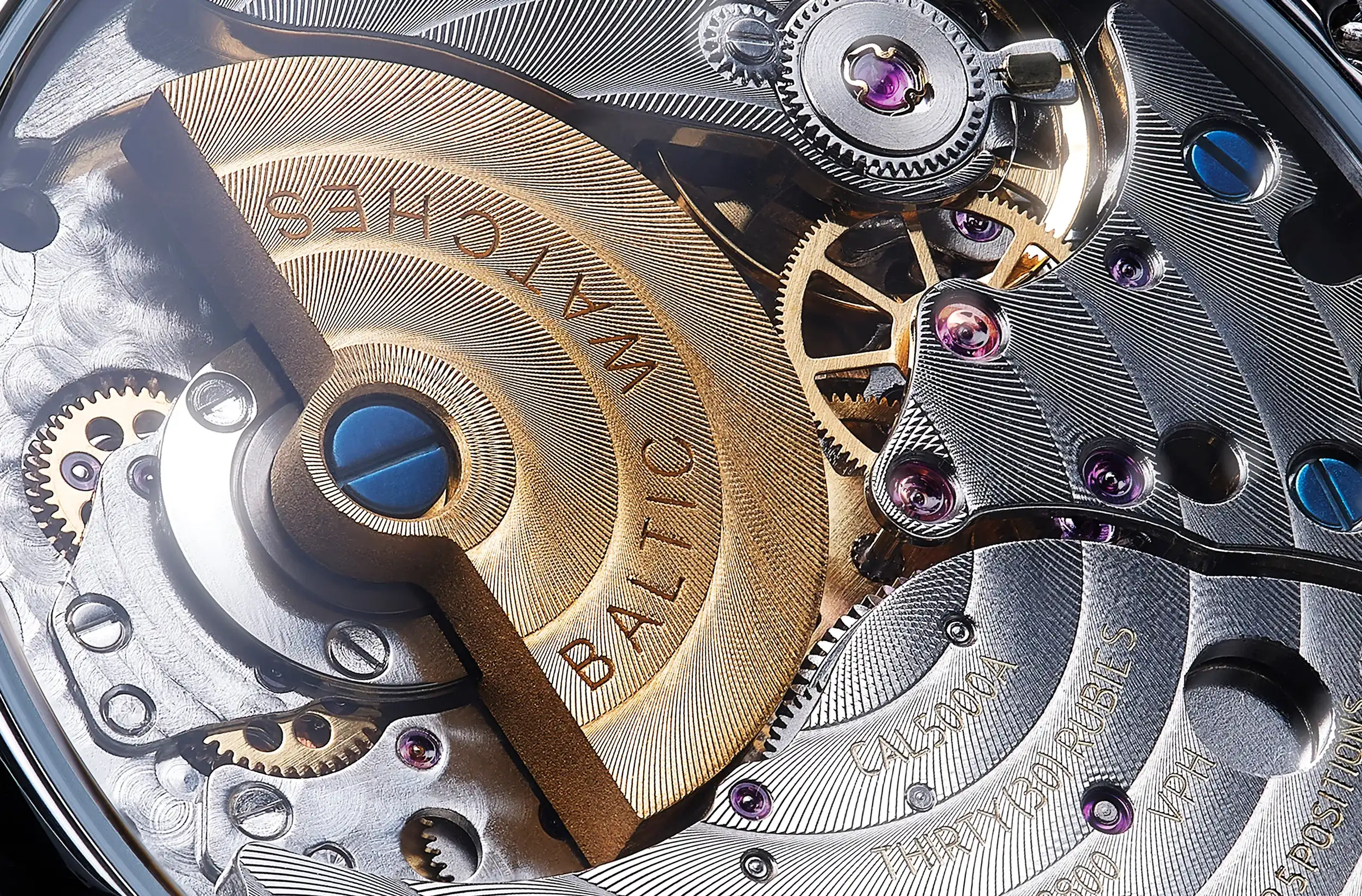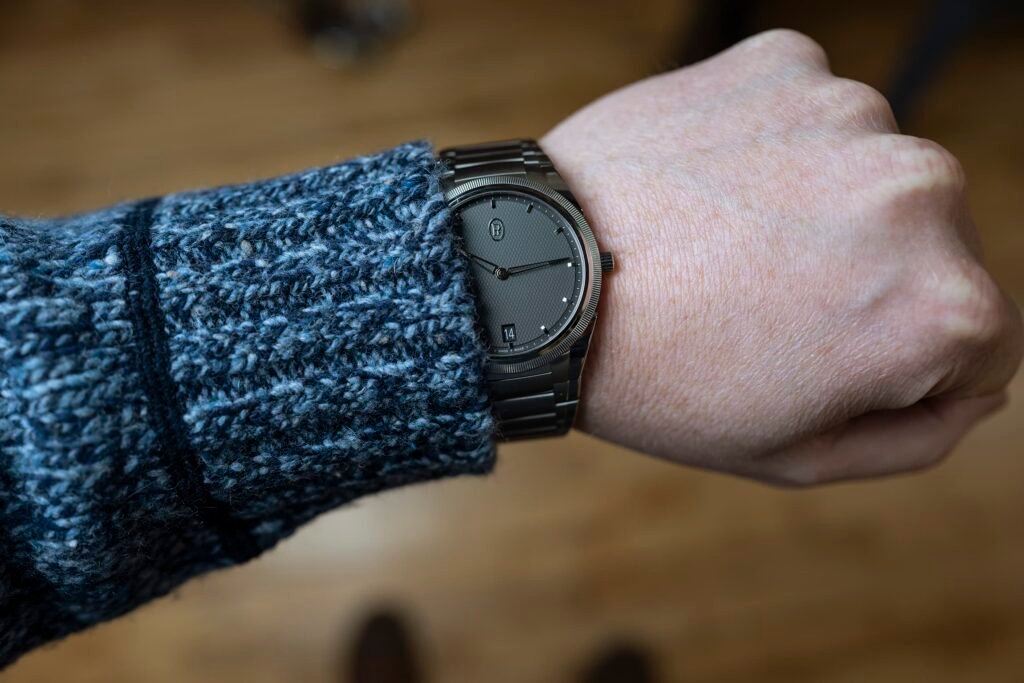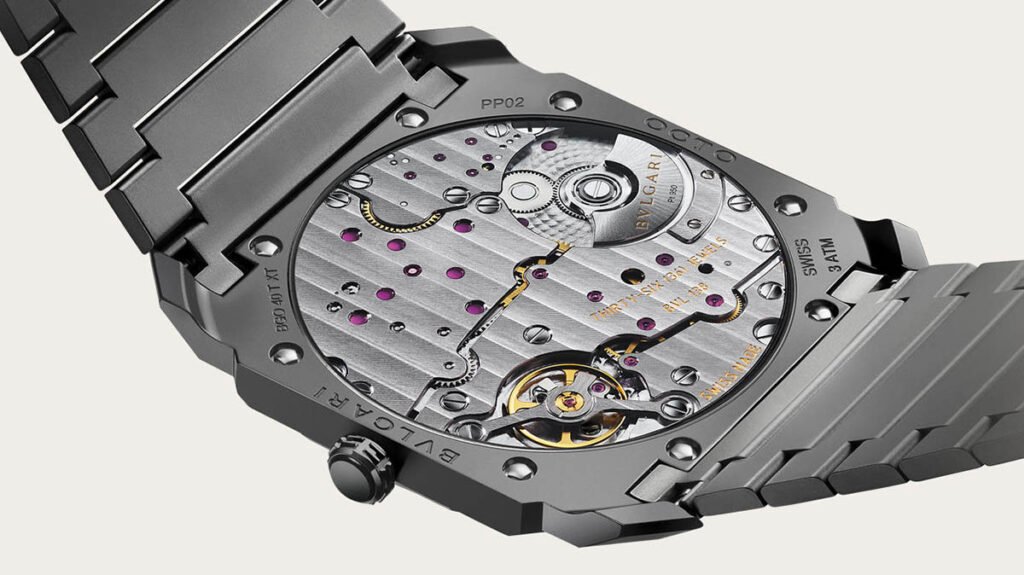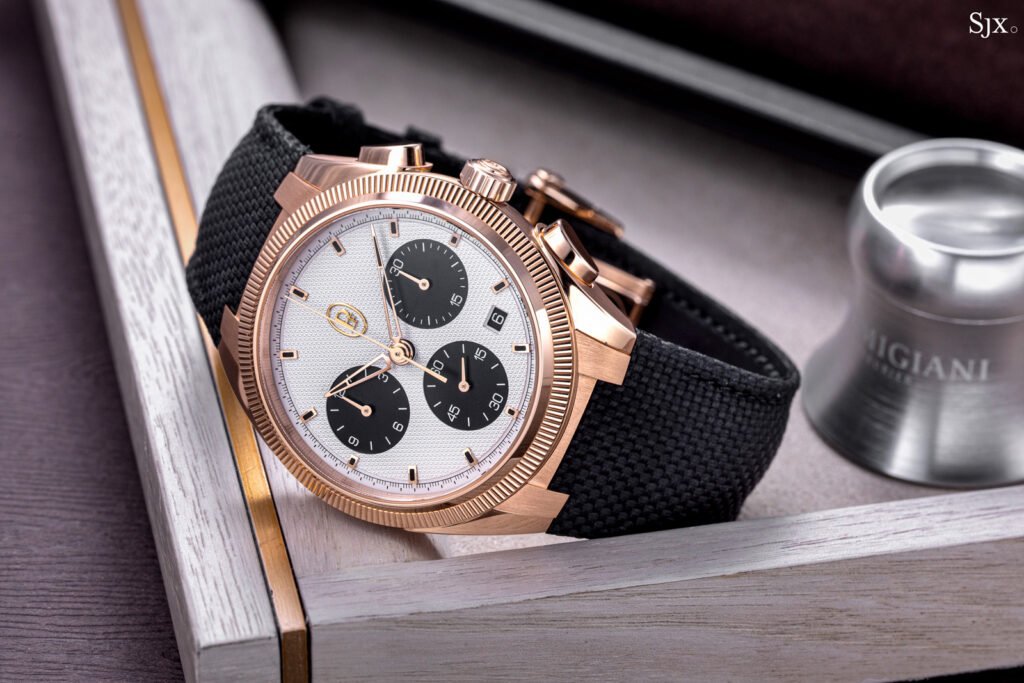
The overlooked elegance of micro-rotor movements
There is something almost poetic about watchmaking’s pursuit of shrinking the grand into the miniature.
Every complication, every bridge and jewel, every bit of hand finishing reflects centuries of pushing boundaries.
Yet, one of the most fascinating achievements in this relentless quest often flies under the radar: the micro-rotor movement. Overshadowed by the drama of tourbillons or the bravado of perpetual calendars, the micro-rotor is a quiet marvel, one that deserves far more attention than it gets.
It is a technical answer to a challenge that has haunted automatic watchmaking from the start: how to harness the convenience of self-winding without sacrificing the purity of slimness, elegance, and symmetry.
The story of the micro-rotor is not just about mechanics but about balance.
It is about finding a way to integrate the modernity of automatic winding into the visual harmony of a hand-wound caliber.
And for those who appreciate nuance, it is one of the most rewarding details to discover when turning over a caseback.

The problem of bulk and the genius of integration
When automatic winding emerged in the twentieth century, it changed watchmaking forever. No longer did wearers have to wind their watches daily, as the motion of the wrist kept the mainspring charged.
But the convenience came at a price.
To achieve this, watchmakers had to mount a heavy oscillating rotor on top of the movement, an extra layer that added thickness and disrupted the symmetry of the architecture. Early automatics were thicker than their hand-wound counterparts, and while functionality triumphed, purists lamented the loss of elegance.
The micro-rotor was the ingenious response.
Rather than stacking a rotor on top of the movement, engineers embedded a small but dense oscillating weight directly into the plane of the caliber itself. Instead of a watch gaining an extra layer of mechanical real estate, the winding system became part of the movement’s very fabric.
This preserved thinness, kept proportions refined, and opened the movement to breathtaking visual possibilities.
Suddenly, a watch could be automatic and still slide effortlessly under a cuff, could be efficient and still reveal symmetry when admired through a sapphire caseback.
This design was not without challenges.
A smaller rotor means less inertia, and less inertia translates to reduced winding efficiency. Watchmakers had to experiment with materials, often resorting to precious metals like platinum or gold for the rotor to give it enough heft in its miniature form.
Achieving durability and smoothness of winding required precision tolerances that were, at the time, a nightmare to maintain.
Yet, when mastered, the result was something quietly radical: a watch that hid its innovation in plain sight, as much about feel and proportion as about engineering prowess.

Why collectors should care
For the uninitiated, a micro-rotor movement may not immediately stand out. After all, it lacks the ostentation of a tourbillon, and it does not carry the immediate storytelling power of a perpetual calendar or minute repeater. But this is precisely what makes it such an insider’s delight. Collectors who know their history recognize that the micro-rotor embodies an elegant kind of problem-solving, one that requires immense technical refinement yet appears understated to the casual eye.
Take, for instance, the work of Patek Philippe in its Caliber 240 or the famed F.P. Journe Octa line.
Both show how a micro-rotor can enable graceful proportions without sacrificing mechanical robustness. Or consider Laurent Ferrier’s Galet models, where the micro-rotor allowed the maison to craft timepieces that are both discreetly slim and deeply mechanical.
These are watches that do not shout but whisper, rewarding those who look closer with a subtle display of genius.
The micro-rotor also signals a certain philosophy in watchmaking.
It reveals a commitment to harmony and discretion, to making a movement not just efficient but beautiful. In an era when many collectors are drawn to maximalism, to oversized cases and hyper-complications, the micro-rotor appeals to a quieter sensibility.
It is a feature for those who appreciate understatement, for those who understand that elegance often comes from what is left unseen or unsaid.
Moreover, wearing a micro-rotor watch connects you to a lineage of technical exploration that is often overlooked.
It is a reminder that watchmaking is not always about spectacle but about refinement.
It is a testament to the idea that progress can mean not more, but less ; less thickness, less disruption, less compromise. And in a way, it makes the experience of collecting feel more personal, because spotting and valuing a micro-rotor is a sign that you are tuned into the subtler frequencies of horology.

Final thoughts
The micro-rotor will never dominate marketing campaigns or headline auctions.
It is too quiet for that, too subtle in its promise.
Yet, for the discerning collector, it represents something rare: the fusion of technical challenge and aesthetic purity. To wear one is to enjoy the convenience of automatic winding while reveling in the slender grace of a finely tuned movement. It is to carry on the wrist an answer to a century-old question, solved with ingenuity and restraint.
And perhaps that is what makes micro-rotor movements so appealing.
They are not built to impress the crowd but to satisfy the individual.
They are a connoisseur’s detail, an overlooked marvel waiting to be discovered by those who care enough to look deeper.
In a world of noise and spectacle, they remind us that true elegance lies not in what is obvious, but in what is quietly extraordinary. Private consultations for micro-rotor watches now available at Lugano Watches Dubai.
